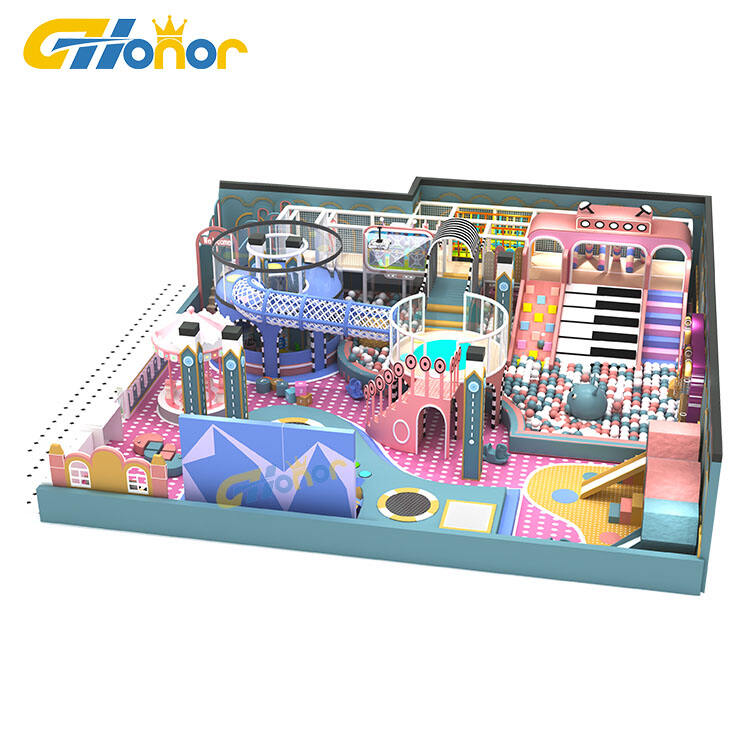Amusement park rides are mechanical or electronic attractions designed to entertain visitors through motion, speed, or immersive experiences, serving as the core draw of any amusement park. These rides cater to diverse preferences, from gentle, family-friendly options to high-intensity thrill rides, ensuring there is something for every age and comfort level, and defining the park’s identity through their uniqueness and excitement. Thrill rides are engineered to deliver adrenaline-pumping experiences, targeting older teens and adults seeking excitement. Roller coasters are the most iconic, with designs ranging from steel coasters—featuring smooth tracks, inversions (loops, corkscrews), and high speeds (often exceeding 100 km/h)—to wooden coasters, which offer a rickety, nostalgic ride with more airtime (moments of weightlessness). Drop towers lift riders to significant heights (50+ meters) before plummeting downward with controlled acceleration, using magnetic or hydraulic systems to create a free-fall sensation. Pendulum rides swing back and forth with increasing amplitude, combining rotation with height to disorient and thrill, while spinning rides like teacups or scramblers rotate at high speeds, often with tilting platforms to enhance the sensation of motion. These rides use advanced engineering, including reinforced steel structures, precision braking systems, and multi-point restraint systems (harnesses, lap bars), to ensure safety while maximizing excitement. Family rides prioritize shared experiences, suitable for children and adults to enjoy together. Ferris wheels are a classic example, with slow rotation and enclosed or open cabins that provide panoramic views of the park and surrounding area, making them popular for relaxation and photo opportunities. Carousels feature ornate, hand-painted animal figures or vehicles mounted on a rotating platform, accompanied by music, appealing to young children while evoking nostalgia for adults. Dark rides take visitors through themed environments—using animatronics, special effects, and storytelling—to create immersive journeys, such as haunted houses, fairy-tale adventures, or movie-inspired quests. Log flumes and river rapids rides combine gentle motion with occasional splashes, offering refreshment and fun for all ages, with themed elements like waterfalls or wildlife decorations enhancing the experience. Children’s rides are specifically designed for young visitors, with scaled-down sizes, slower speeds, and simplified mechanics to ensure safety and enjoyment. Kiddie coasters feature short tracks with minimal drops, while mini trains or carousels with smaller seats cater to toddlers. Spinning teacups, merry-go-rounds, and bumper cars (with reduced speed) allow young children to experience the joy of rides in a controlled environment. These rides often incorporate colorful, playful themes—cartoon characters, animals, or fantasy worlds—and include easy entry/exit and secure seating to accommodate parents accompanying small children. Water rides are a staple in many parks, especially in warmer climates, using water to enhance motion and provide relief from heat. Water slides come in various forms: body slides for speed, tube slides for group rides, and raft slides that navigate twists and turns. Wave pools simulate ocean waves in a controlled environment, while lazy rivers offer a leisurely float on inflatable tubes through themed channels, with gentle currents and occasional water features like fountains or waterfalls. These rides use durable materials like fiberglass and vinyl to resist water damage, with filtration systems to maintain water quality and safety. Modern amusement park rides increasingly incorporate technology to enhance immersion, such as virtual reality (VR) headsets on roller coasters, which overlay digital environments onto physical motion, or interactive elements where riders control aspects of the experience (e.g., shooting targets during a dark ride). These innovations keep rides fresh and appealing, attracting repeat visitors and setting parks apart from competitors. Safety is paramount in ride design and operation, with strict adherence to international standards (e.g., ASTM, IAAPA) governing construction, maintenance, and inspection. Rides undergo regular testing, with trained operators monitoring performance and ensuring riders follow safety guidelines, such as proper use of restraints. This commitment to safety allows visitors to enjoy the thrills with confidence, making amusement park rides a beloved and enduring form of entertainment.
